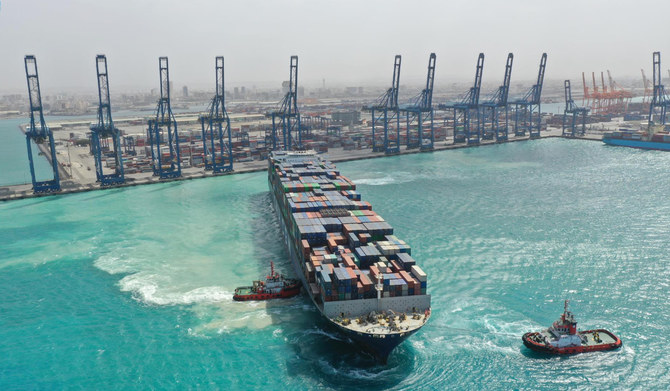The world’s shipping lanes, arteries of global commerce, have long operated beyond the reach of carbon regulation. That era is ending. On April 11, the International Maritime Organization’s (IMO) Marine Environment Protection Committee brokered a watershed compromise: all ships will now pay for their CO₂ emissions. The agreement, part of the IMO’s Net-Zero Framework, stitches together a patchwork of competing interests – environmental ambition, industry pragmatism, and geopolitical equity – into an untested but potentially transformative system.
A Maritime Carbon Market Takes Shape
The deal rests on two pillars. First, a fuel standard will force gradual reductions in maritime carbon intensity, nudging carriers toward ammonia, hydrogen, and biofuels. Second, a global carbon levy, its price still undefined, will charge per tonne of CO₂ emitted – a first for any international industry.
The compromise avoids a regulatory schism between the IMO and unilateral systems like the EU’s Emissions Trading Scheme (ETS), which had already begun imposing its own shipping surcharges. Yet the delicate consensus papers over unresolved tensions: the levy’s rate, its enforcement, and who will bear its costs – questions deferred to future negotiations.
Learning from History, Repeating Mistakes?
The shipping industry’s carbon reckoning arrives decades after aviation faced similar pressures. The International Civil Aviation Organization’s (ICAO) CORSIA scheme, launched in 2016, was hailed as a breakthrough but has since been criticized for weak enforcement and offsetting loopholes. The IMO’s framework risks falling into the same trap: its reliance on national enforcement echoes the uneven compliance that undermined CORSIA. Yet there is one key difference – shipping’s levy creates a direct economic incentive, something aviation still lacks. Whether this proves enough to overcome inertia remains to be seen.
China’s Quiet Bid for Green Maritime Dominance
While Western debates focus on carbon pricing, China is positioning itself as the silent architect of shipping’s energy transition. Chinese firms control nearly half of global shipbuilding, and state-backed projects are racing to scale green methanol and ammonia production. COSCO’s early investments in dual-fuel vessels and China’s dominance in rare earth minerals – critical for wind-powered propulsion – suggest Beijing sees ESG compliance not as a burden, but as a lever for industrial policy. Unlike the EU’s regulatory push or U.S. hesitancy, China’s approach is pragmatic: it is building the infrastructure today that will define tomorrow’s winners.
The Devil in the Details
The shipping industry, responsible for nearly 3% of global emissions, now faces an existential recalibration. The International Chamber of Shipping warns of over $100 billion in annual costs by 2030, a sum that could ripple through supply chains. But the true challenge lies beyond economics.
- The Fuel Dilemma: Zero-carbon alternatives remain scarce, and their infrastructure virtually nonexistent. Methanol-ready ships, once a bold bet, may soon look obsolete if ammonia gains traction – or stranded if neither scales in time.
- The Equity Question: Emerging economies, led by Brazil and India, argue that a flat carbon price penalizes their trade-dependent growth. The IMO promises “transitional provisions,” but vague language leaves room for discord.
- The Enforcement Gap: Unlike aviation’s CORSIA scheme, the IMO lacks a robust compliance mechanism. Will flag states – many with lax oversight – police their own fleets?
An Uncharted Course
The IMO’s deal is a diplomatic feat, but implementation will test its seams. Unlike the Paris Agreement, which let nations set their own terms, this levy imposes a rare global mandate – one that could either catalyze a clean energy transition or buckle under its contradictions. The coming years will reveal whether the high seas can truly be governed, or if the tides of commerce and climate will prove stronger than any treaty.
Important Disclaimer: The content of this article is provided for informational and educational purposes only. It reflects the author’s opinion based on information available at the time of publication, which may become outdated. This content does not constitute personalized investment advice, a recommendation to buy or sell, and does not guarantee future performance. Markets carry a risk of capital loss. The investor is solely responsible for their decisions and should consult an independent professional advisor before any transaction. The publisher disclaims all liability for decisions made based on this information.

